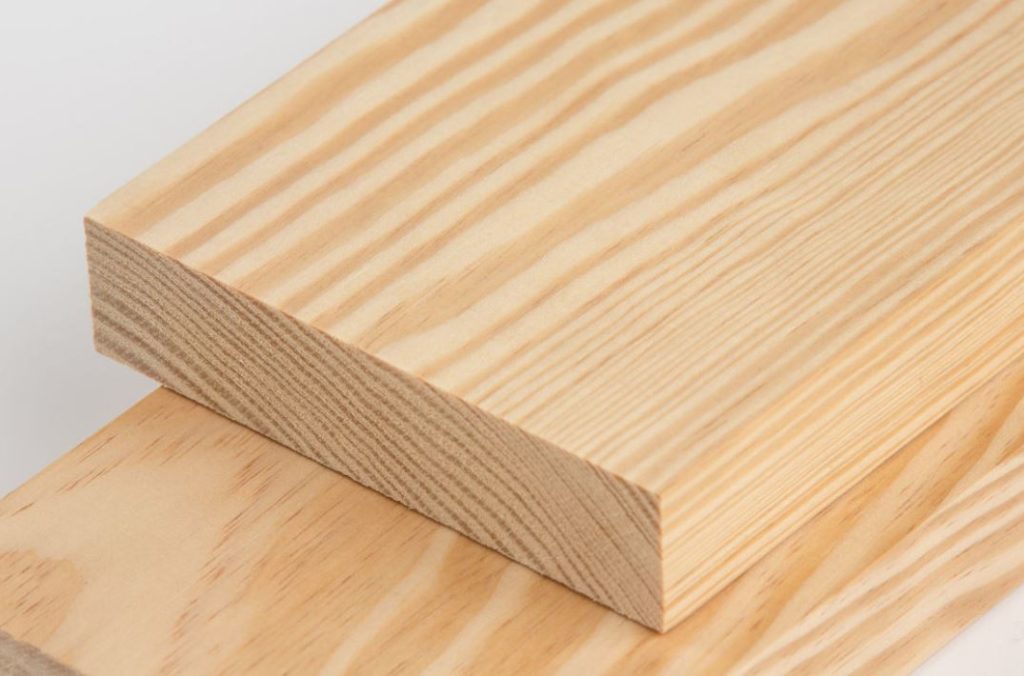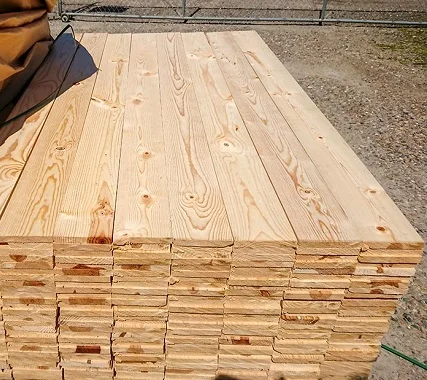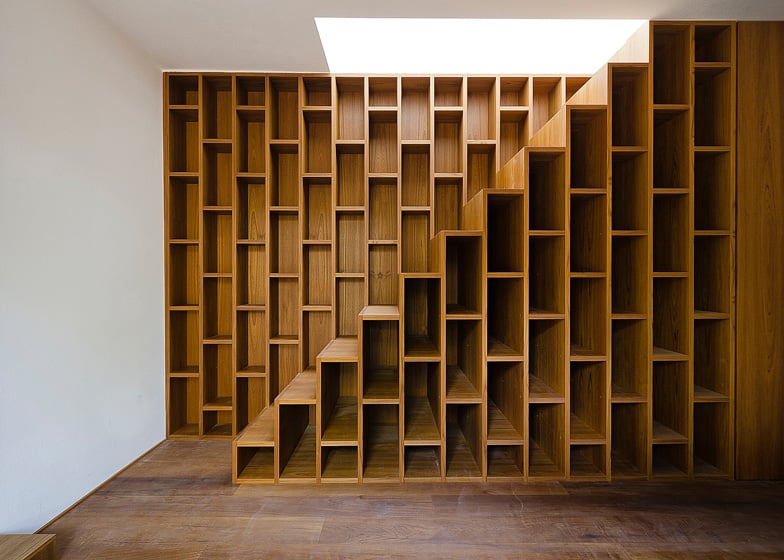Pine wood is perhaps the most used and known wood. It is due to several factors including its abundance, ease of work, and versatility and its cost
There are many species of pine trees, each with different characteristics or properties. In this article, we will name some of these species and the most common characteristics, but we must be aware that this is a generalization that may not apply to all types of pine.
Introduction:
Embracing the essence of nature, Pine Wood stands as a testament to elegance and versatility. In this article, we delve into the intricate details of Pine Wood, exploring its various facets, applications, and the reasons behind its widespread popularity.
Pine Wood: An Overview
Understanding Pine Wood
Pine Wood, derived from pine trees, is renowned for its light color, straight grain, and remarkable durability. As a versatile material, it finds applications in construction, furniture, and crafting.
Types of Pine Wood
Delving into the world of Pine Wood, we encounter different types such as Eastern White Pine, Ponderosa Pine, and Southern Yellow Pine. Each type possesses unique characteristics, catering to diverse preferences.
Some of the most common classes within the world of carpentry are:
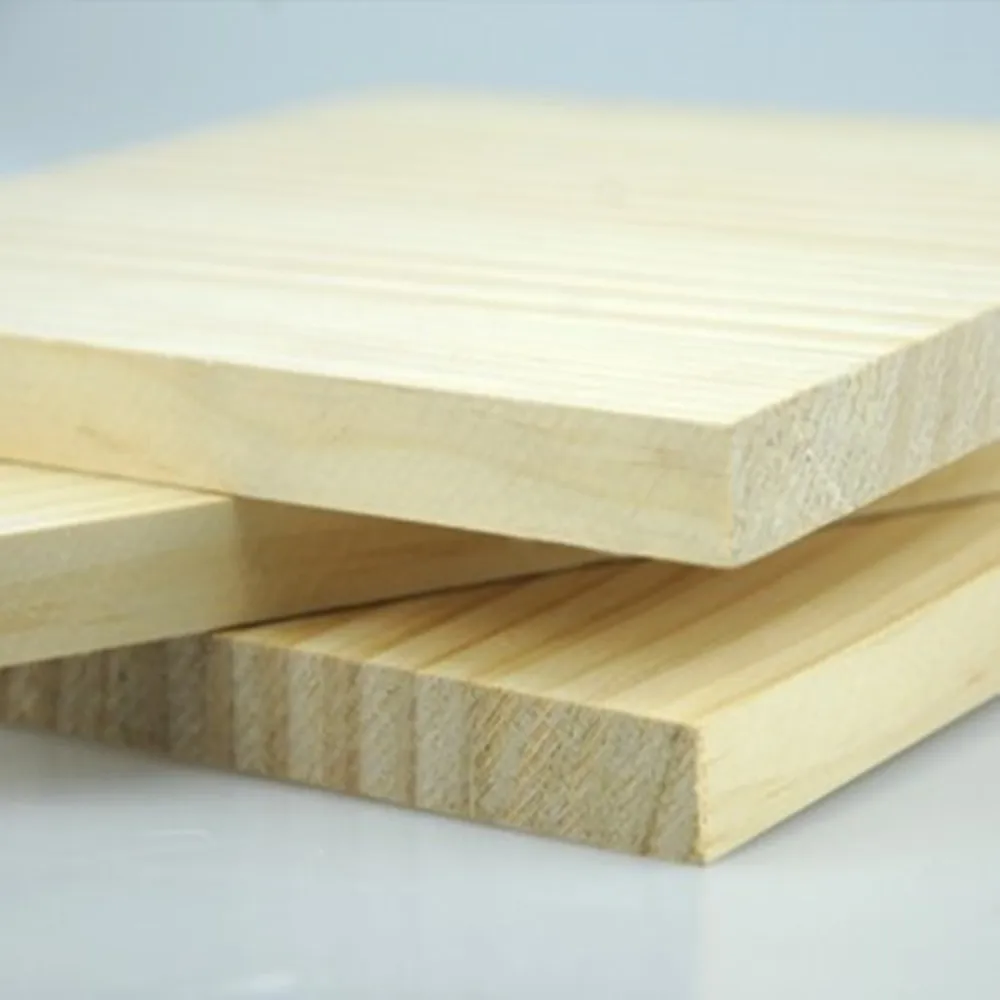
Insignis pine or radiata pine. Abundant in northern Spain, Chile, and the west coast of the USA among other places. Whitish whitewood and heartwood between yellow and brown. It has abundant knots. Find the best in Pine Wood at BeautexWood Mumbai

Oregon pine. Mainly located on the west coast of the USA and Canada, northern France, and the United Kingdom. Yellow sapwood and yellowish-brown heartwood. It has thick knots.
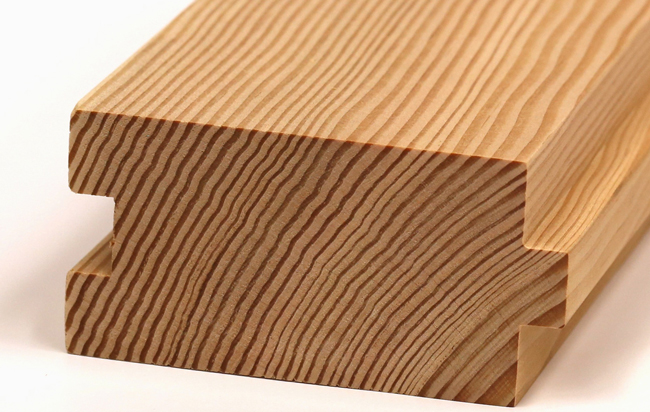 Wild or red pine. Very abundant in Europe, from Spain to Russia. Pale yellow and reddish heartwood. It has frequent knots and small bags of resin. In Spain, it is also known as Pino Soria, because the main farms are in this area.
Wild or red pine. Very abundant in Europe, from Spain to Russia. Pale yellow and reddish heartwood. It has frequent knots and small bags of resin. In Spain, it is also known as Pino Soria, because the main farms are in this area.

Maritime or Galician pine. Mainly located in Southern Europe and North Africa. Smooth yellowish and light yellowish heartwood tones. It has abundant knots, both small and large, and small bags of resin.
The Allure of Pine Wood
Aesthetic Appeal
Pine Wood’s natural light hue and distinctive grain patterns contribute to its timeless aesthetic appeal. Whether in rustic or modern settings, Pine Wood effortlessly adds a touch of warmth and charm.
Sustainability Matters
Opting for Pine Wood aligns with eco-conscious choices, as pine trees are renewable resources. Sustainable forestry practices make Pine Wood an environmentally friendly option for conscientious consumers.
Pine Wood in Construction
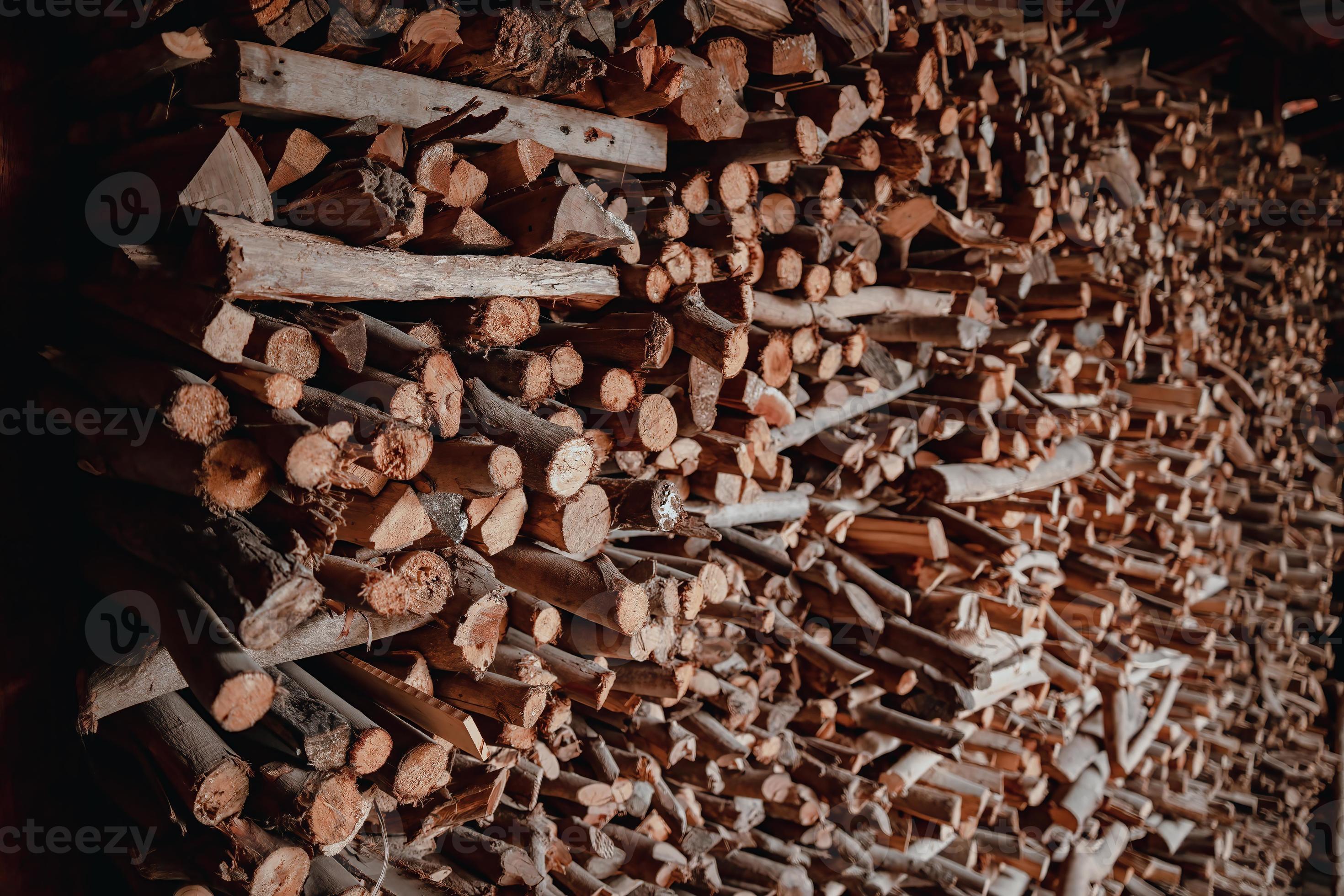
Structural Strength
Pine Wood’s strength-to-weight ratio makes it a preferred choice in construction. From framing to flooring, its resilience ensures longevity and stability in various structural applications.
Outdoor Applications
Pine Wood’s resistance to decay makes it ideal for outdoor structures like decks and fences. Its ability to withstand the elements contributes to its popularity in exterior projects.
Furniture Crafted with Pine Wood
Timeless Furniture Pieces
Pine Wood’s versatility extends to furniture crafting, producing enduring pieces with a classic appeal. From bed frames to cabinets, the flexibility of Pine Wood allows for intricate designs.
DIY Pine Wood Projects
Engage your creative side with Pine Wood DIY projects. Crafting shelves, tables, or decorative items with Pine Wood brings a personal touch to your living space.
Pine Wood and Sustainability
Eco-Friendly Practices
As sustainability gains prominence, Pine Wood emerges as a key player. The utilization of responsibly sourced Pine Wood promotes environmental well-being, ensuring a greener future.
Recyclability
Pine Wood’s recyclability reduces environmental impact. Through repurposing and recycling initiatives, the lifecycle of Pine Wood extends, minimizing waste and contributing to a circular economy.
Characteristics of Pine Wood
It has good indexes in resistance, contraction and flexion, and impregnability. It does not stand out in any of them, but the combination is usually good.
Color: There are differences between species.
Fiber: straight.
Grain: medium, medium-coarse.
Hardness and Density: The approximate density can be between 500kg / m3 of insignis pine and 570 kg / m3 of larice pine. Calculated at a humidity of 12%. We are facing a wood that is normally classified as soft, and in some cases as semi-hard (Melis Pine, Wild).
Durability: It is considered that the pine has little and medium durability against the action of fungi and insects. Oregon pine is one of the most durable types of pine. All must be treated, at least superficially, to improve their durability. Perhaps the most common treatment is autoclave (vacuum and high pressure), which allows obtaining wood suitable for outdoor use in an economical way.
Workability: Pinewood is generally an easy wood to work. In fact, it is one of its best features.
- Sawn. Easy.
- Drying Easy but slow. There are small risks of fences and slight deformations
- Brushed. Easy.
- Gluing. Easy, unless there is resin.
- Nailed and screwed. Easy.
- Finish. Accept the finishes quite well. Some species of pine have abundant resin, s tain which complicates the issue of finishes.
Price: Although logically there are important differences depending on the species and where we buy it, the price of pinewood is low. Especially if we compare it with other wood. It is mainly due to its abundance. Cost of pine wood per square meter is inexpensive
Uses of the Pine
- Manufacture of indoor furniture of medium quality. Normally of rustic appearance when the wood is seen.
- Interior carpentry: doors, windows, platforms, friezes, etc.
- In some cases, it is also used in exterior carpentry but not especially exposed. For example in doors and windows.
- Construction: beams and ceilings.
- Laminated wood.
- Enlisted and plywood boards.
In conclusion, Pine Wood emerges not just as a material but as a symbol of sustainable elegance. Its versatility, durability, and aesthetic appeal make it a timeless choice for construction, furniture, and crafting. Embrace the beauty of Pine Wood and contribute to a sustainable future.
Frequently Asked Questions on Pine Wood (FAQs)
Q: Is Pine Wood suitable for outdoor furniture?
A: Yes, Pine Wood’s natural resistance to decay makes it an excellent choice for crafting durable and long-lasting outdoor furniture.
Q: What types of finishes work best with Pine Wood?
A: Pine Wood is versatile and accommodates various finishes, including stains, paints, and clear coats, allowing you to customize the appearance according to your preferences.
Q: How can I ensure the sustainability of Pine Wood products?
A: Look for certifications such as FSC (Forest Stewardship Council) when purchasing Pine Wood products, ensuring they adhere to responsible and sustainable forestry practices.
Q: Is Pine Wood more affordable compared to other hardwoods?
A: Yes, Pine Wood is generally more budget-friendly than many hardwoods, making it an economical yet high-quality option for various applications.
Q: Can Pine Wood be used for intricate woodworking projects?
A: Absolutely, Pine Wood’s workability and adaptability make it suitable for intricate woodworking projects, allowing artisans to create detailed and finely crafted pieces.
Q: Does Pine Wood require special maintenance?
A: Regular maintenance, such as sealing or staining, helps preserve Pine Wood’s beauty and integrity, ensuring its longevity and resistance to environmental factors.
Are you ready to bring your vision to life? Connect with our experts, embark on your Wooden Cladding journey , and let us guide you through the process. Ensure that your property not only stands out but also boasts the enduring durability of Wooden Cladding Sheets.
Contact us today and witness the enchanting transformation unfold.

